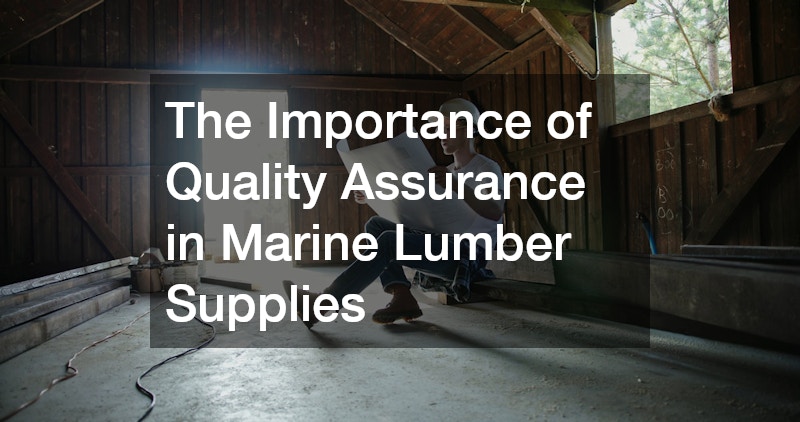Marine lumber supplies play a crucial role in the construction and repair of water-bound structures, offering durability and resistance to the harsh aquatic environment. The choice of marine lumber is a critical consideration for builders aiming to ensure structural integrity and longevity. Unlike ordinary lumber, marine lumber is specially treated to withstand moisture, rot, and other elements that cause wear over time.
Marine-grade woods such as teak, mahogany, and ipe are famed for their robustness and aesthetic appeal. Understanding the characteristics of these materials can significantly impact the quality and safety of marine construction projects.
Builders must consider factors such as load-bearing requirements, environmental conditions, and project specifications when selecting marine lumber supplies. The robustness of the wood often dictates the ultimate success of a project exposed to marine conditions. For instance, decks, docks, and piers are continually exposed to moisture, which is why marine-grade materials are indispensable. Builders should also be aware of local regulations that often mandate specific standards for marine construction materials to ensure compliance and safety. Investing time in selecting the right type of marine lumber can prevent costly repairs and extend the lifespan of marine structures.
Technological advancements have led to an increase in the diversity of available marine lumber supplies, each serving unique purposes. Today’s builders can choose from natural woods or engineered marine-grade plywood, which offers additional flexibility for complex projects. Innovations in treatment processes have also enhanced the performance of marine lumber, improving resistance to common wood damage. For builders, staying informed about the latest developments in marine lumber technology can provide a competitive edge. This knowledge allows for the optimization of materials to achieve superior project outcomes.
Choosing the Right Marine Lumber for Your Project
Choosing the appropriate marine lumber involves analyzing the specific needs and challenges of the construction site. Builders should assess the water conditions, exposure to the elements, and the expected lifespan of the project. Marine lumber comes in various grades, with each offering different levels of resistance to decay and mechanical strength. It’s essential to choose materials that match the anticipated load and environmental stressors of the construction area. Selecting the correct grade ensures the materials will not only meet the functional demands but will also maintain aesthetic appeal over time.
When considering marine lumber supplies, builders also need to weigh the trade-offs between cost, availability, and performance. While high-quality teak is renowned for its durability and resistance, its cost may be prohibitive for some projects. In contrast, other options like pressure-treated pine may offer a more budget-friendly alternative without compromising too much on performance. Evaluating the total lifecycle cost rather than upfront expenses can provide a more comprehensive view of budget allocations. Builders should also take into account supply chain factors, as the availability of certain types of wood could affect project timelines.
Maintenance and Treatment of Marine Lumber
Proper maintenance and treatment of marine lumber are vital to extend its lifespan and preserve its structural integrity. Regular inspections and maintenance can help identify early signs of wear, allowing for timely repairs and interventions. Treatments such as sealants and stains provide an additional layer of protection, enhancing the wood’s resistance to water, UV rays, and microorganisms. Builders must educate clients on maintenance practices to ensure long-term durability and performance of their water-bound structures. Establishing a maintenance schedule helps in tracking service intervals and maintaining the appearance and function of marine constructions.
Different types of marine lumber may require specific treatment methods. For example, teak, while naturally resistant to elements, benefits from periodic oil treatments to maintain its rich color and prevent surface degradation. On the other hand, marine plywood often needs protective paint or sealant to safeguard against moisture infiltration. Understanding these distinctive needs can guide builders in recommending appropriate care techniques for diverse types of marine lumber. This knowledge is invaluable in advising clients and ensuring the longevity of the structures they build.
The Importance of Quality Assurance in Marine Lumber Supplies
Quality assurance is a critical aspect of sourcing marine lumber supplies, influencing both the safety and success of marine construction projects. Ensuring the lumber meets industry standards is the builder’s responsibility, as subpar materials can lead to catastrophic failures. Builders should seek suppliers with a proven track record of quality and reliability. Verification through certifications and adherence to industry standards helps in mitigating risks associated with material deficiencies. Consistent quality checks and supplier evaluations serve as a precautionary measure against potential liabilities.
Establishing a strong partnership with reputable suppliers is an integral part of accessing high-quality marine lumber supplies. Long-term relationships with trusted vendors often result in better pricing, improved availability, and exclusive insights into product innovations. Builders benefit from these relationships by gaining access to premium materials that may otherwise be inaccessible. Moreover, collaborating closely with suppliers can streamline the procurement process, reducing delays and enhancing project efficiency. Identifying reliable suppliers is a keystone in ensuring material quality and achieving project success.



